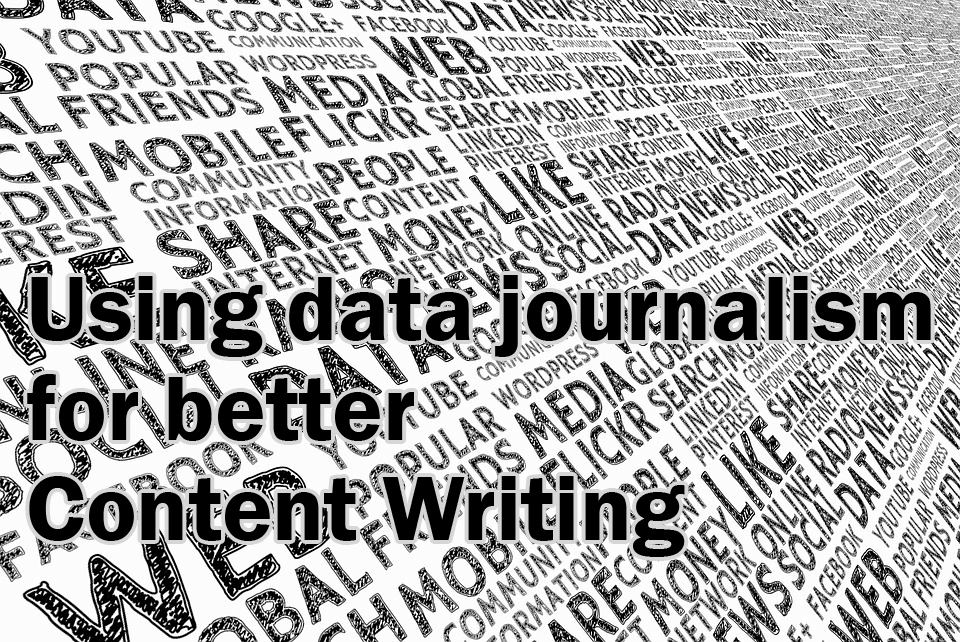By now you must have come across the term “big data” multiple times. As goes the old saying, “the devil is in detail”, data, if analyzed properly, can tell amazing stories.
Data journalism means using data to put your point across. Don’t get confused by the term “journalism” because when we are reporting about our business, when we are providing information about our business, we are all being journalists.
When you use data in content writing, it increases its credibility.
60% of online marketers publish at least one new blog post everyday. 70 million blog posts are published every month just using the WordPress platform.
This Forbes report says that (published on May 21, 2018) 90% of the data the world has right now has been produced in the last two years alone.
With so much content, how do you stand out?
Taking example from the above Forbes report, suppose you want to present some information about social media, you can use these stats:
- Snapchat users share 527,760 photos
- More than 120 professionals join LinkedIn
- Users watch 4,146,600 YouTube videos
- 456,000 tweets are sent on Twitter
- Instagram users post 46,740 photos
Unless you are in the habit of saving such bits of information, it may take you lots of time to gather these numbers.
Compiling such numbers and presenting them in a blog post or an article is data journalism.
You back your claims with numbers. Just as above, instead of saying millions of blog posts, I have used 70 million blog posts. It gives you a number.
When you apply data to “thousands of people are buying our cough syrup”, it becomes “1,53,000 people bought our cough syrup in January 2019”.
Similarly, if I apply data journalism to my own content writing service:
Without data:
“I have helped hundreds of businesses improve their conversion rate with my content writing and copywriting services.”
With data
“8 out of 10 businesses were able to improve their conversion rate by 150% within 6 months of using my content writing and copywriting services.”
Moving away from content writing and content marketing for a few seconds, I find the concept of data journalism fascinating because these days, journalism (I’m talking about news journalism) is more about opinion and propaganda and less about stating facts. So, when people must use data journalism to convey stories, it would be very difficult for them to indulge in opinion-making. Data doesn’t lie.
Back to content writing and content marketing.
Infographics are the best examples of using data journalism.
Why data journalism gives your content writing an edge?
Researching and finding data and then weaving a narrative around it isn’t stuff for the fainthearted.
It isn’t even cheap.
Even to write a small blog post you may have to scour the Internet for a few hours not just to gather data, but also use some tool or some method to make sense of it.
Whenever a trend or a technology emerges everyone wants his or her share of pie and hence, the place becomes crowded and consequently, you need to stand out so that people can distinguish you from the others.
If everyone is using content writing and content marketing, you need to present your information in such a manner that it draws people to your website and gives them something interesting to think about.
Numbers always fascinate people. Data reaffirms the information they are absorbing and gives it a solid shape.
Besides, a certain degree of expertise is needed to use data journalism for content writing. It gives you an edge.

